Rectangular reliquary in fine white marble, carved from a single block with a double-sloped lid pierced by a central libation hole. The sides are decorated with crosses formed of punched circles, framed by thin incised borders, a decoration typical of Byzantine regions.
This type of reliquary appeared after 313 AD, following the Edict of Milan which granted freedom of worship to Christianity, encouraging the construction of churches and the development of the cult of relics. These urns were intended to hold the sacred remains of Christian saints and martyrs, placed under altars or in martyria, so that the faithful could venerate these witnesses of the faith.
The object belongs to type I “in sarcophagus” as defined by M.-Ch. Comte, combining a gabled lid and an opening for the circulation of holy oil used in veneration rites. Its style and technique are similar to examples from Apamea, Jerusalem, and Cyprus.
According to M.-Ch. Comte (Les reliquaires du Proche-Orient et de Chypre à la période protobyzantine, Brepols 2012), 267 reliquaries have been recorded for the entire Near East, only about thirty of which are made of marble. This material, reserved for the most precious pieces, gives this object exceptional rarity within the known Byzantine corpus.
H. 19 cm × W. 10 cm × D. 14 cm
Provenance: European private collection
Dating: 5th–6th century AD B.C. (period following the official recognition of Christianity)
Comparables:
- Metropolitan Museum of Art, Reliquary Casket (inv. 466039)
- Museum of Fine Arts, Boston, Reliquary (covered box) (inv. 2006.664)
- RISD Museum, Reliquary Box (inv. 60.049A)
- M.-Ch. Comte, Les reliquaires du Proche-Orient et de Chypre à la période protobyzantine (Brepols, 2012)
- C. Vanderheyde, review, Journal of Roman Archaeology 28 (2015), pp. 941–945













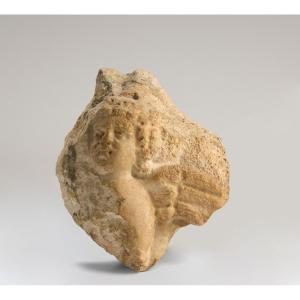
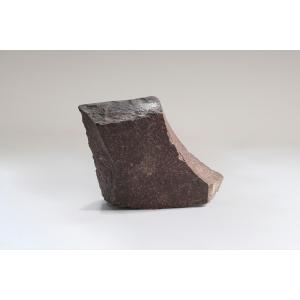
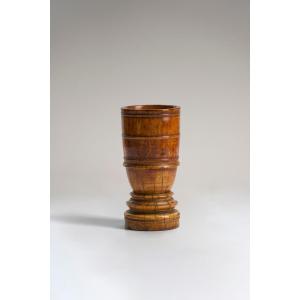




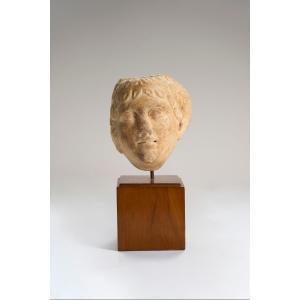


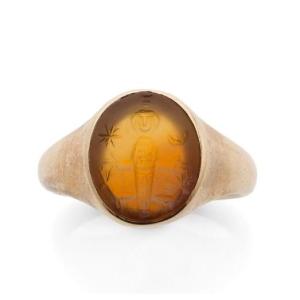




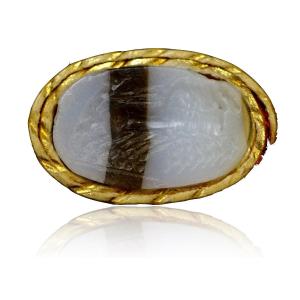




 Le Magazine de PROANTIC
Le Magazine de PROANTIC TRÉSORS Magazine
TRÉSORS Magazine Rivista Artiquariato
Rivista Artiquariato